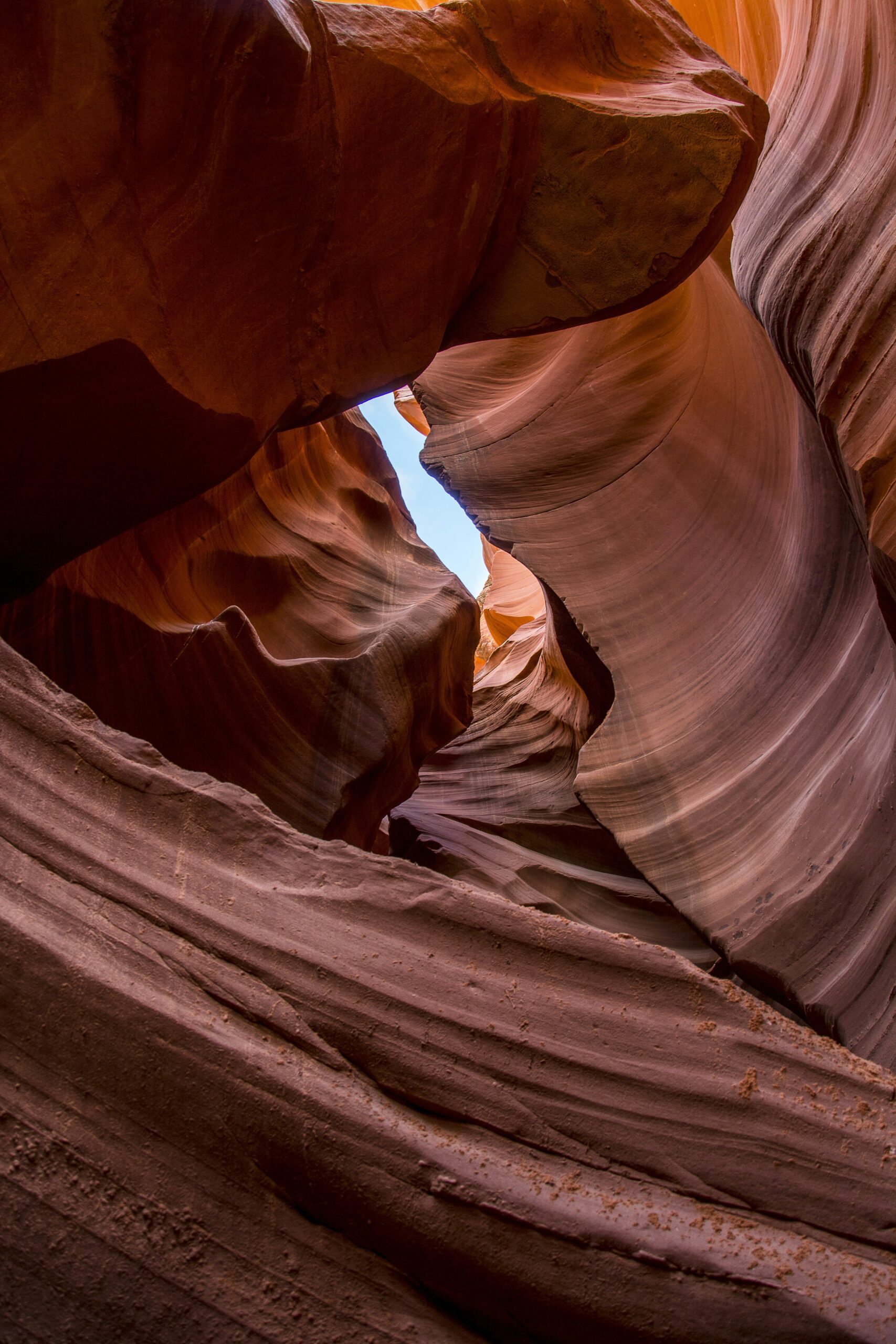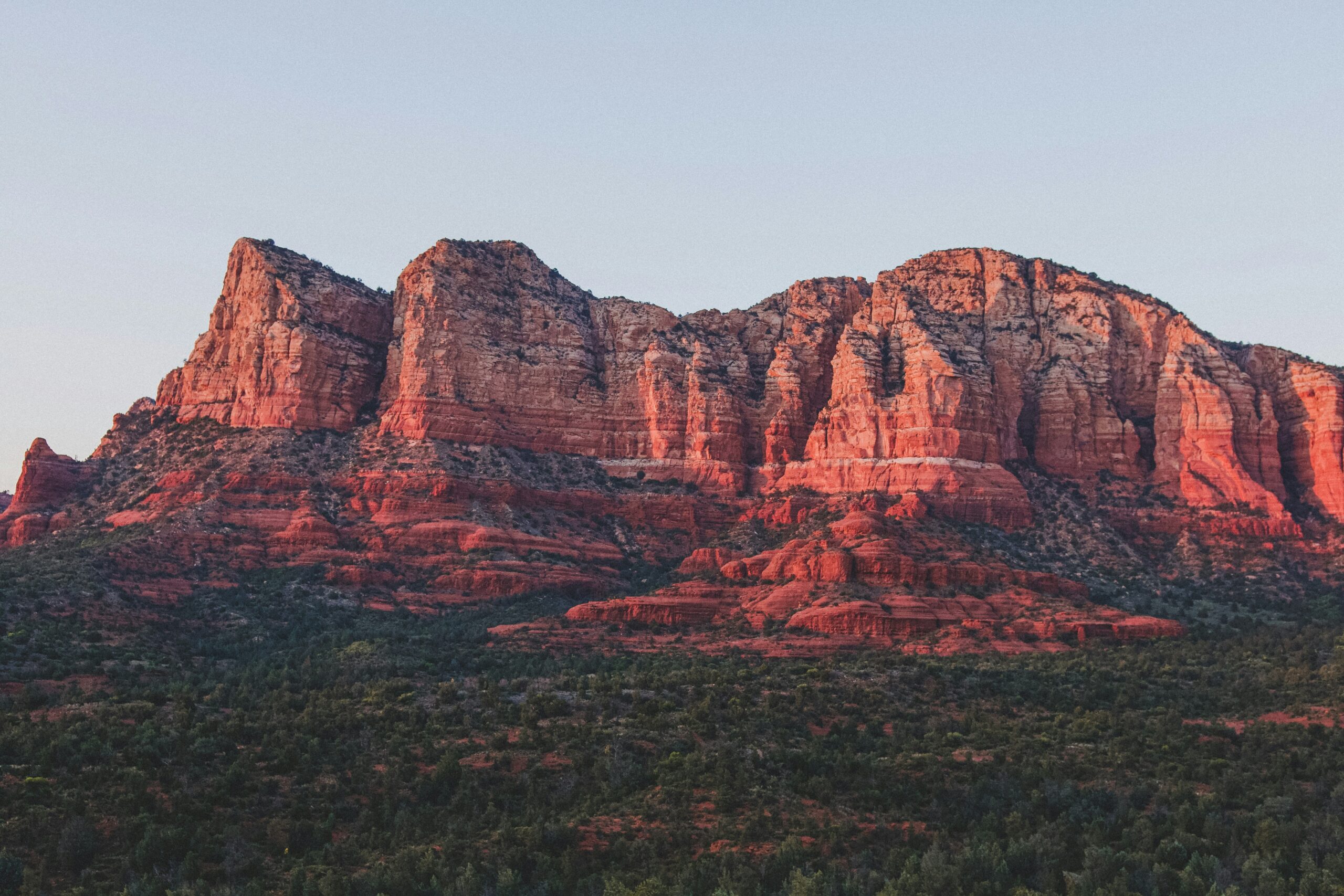Mount Shasta, a majestic mountain in Northern California, holds a rich and fascinating geological past that dates back millions of years. From its formation as a result of volcanic activity to its role in shaping the landscape and ecosystems around it, the geological history of Mount Shasta is a wonder to behold. Delve into the depths of this awe-inspiring mountain to discover the incredible forces and processes that have shaped its existence, leaving behind a legacy of natural beauty and scientific intrigue.

Formation of Mount Shasta
Mount Shasta, located in Northern California, has a rich and intriguing geological history that spans over millions of years. The formation of this majestic peak can be traced back to the initial volcanic activity in the area.
Initial volcanic activity
The geological history of Mount Shasta began with volcanic activity that occurred approximately 600,000 years ago. This initial activity involved the eruption of basaltic lava flows, which contributed to the accumulation of volcanic material in the region.
Formation of the ancestral Shasta
As volcanic activity continued, a stratovolcano began to form. This type of volcano is characterized by alternating layers of lava, ash, and other volcanic materials. Over time, the accumulation of these materials gave rise to the ancestral Mount Shasta.
Changes in volcanic character
As the years went by, the volcanic activity in the region underwent significant changes. The composition of the magma that erupted from Mount Shasta gradually shifted from basaltic to andesitic, resulting in the formation of a more complex volcanic structure. This change in volcanic character played a crucial role in shaping the mountain as we know it today.
Eruptive History of Mount Shasta
Mount Shasta has a long history of eruptions that have shaped its landscape and influenced the surrounding areas. Understanding the mountain's eruptive history is essential for comprehending its geological significance.
Notable eruptions over time
Throughout its geological history, Mount Shasta has experienced several significant eruptions. One notable eruption occurred approximately 300,000 years ago, resulting in the collapse of the ancestral Mount Shasta and the formation of a caldera. These eruptions have contributed to the diverse range of volcanic deposits found in the region.
Recent eruptions and activity
In more recent times, Mount Shasta has exhibited a relatively calm volcanic behavior. However, there have been sporadic eruptions, with the most recent one occurring in the mid-18th century. These eruptions are testament to the ongoing volcanic activity at Mount Shasta, albeit on a smaller scale compared to its previous eruptions.
Potential future eruptions
While Mount Shasta is currently considered dormant, there is still a potential for future eruptions. Scientists closely monitor the volcano and study the activity patterns to better understand the likelihood and nature of future eruptions. Preparedness and monitoring systems are in place to ensure the safety of the surrounding communities in the event of volcanic activity.
Mount Shasta's Physical Characteristics
Mount Shasta stands as one of the most prominent landmarks in California, boasting unique physical characteristics that contribute to its geological significance.
Mountain composition
Mount Shasta is primarily composed of andesite, a type of volcanic rock that forms from the solidification of magma. This composition gives the mountain its distinctive appearance and contributes to its unique geological attributes.
Distinctive geological features
The physical characteristics of Mount Shasta are striking and distinctive. The mountain rises abruptly from the surrounding landscape, with its steep slopes and snow-capped peaks dominating the skyline. Glacial valleys, cirques, and moraines further enhance the geological beauty of the mountain.
Current state of the mountain
The current state of Mount Shasta is one of stability and natural beauty. With its pristine glaciers, lush forests, and picturesque landscapes, the mountain continues to captivate the imagination of visitors and researchers alike. Efforts are underway to preserve and protect the mountain's unique geological characteristics for future generations to enjoy.
Geological Exploration of Mount Shasta
Throughout history, scientists and researchers have been drawn to Mount Shasta's geological wonders, leading to extensive exploration and study of the mountain.
Early theoretical studies
Early theoretical studies focused on understanding the processes that shaped Mount Shasta. These studies involved field observations, geological mapping, and the analysis of rock samples to gain insights into the mountain's formation and geological history.
20th Century Scientific Expeditions
In the 20th century, scientific expeditions to Mount Shasta became more organized and comprehensive. Researchers employed advanced techniques such as seismic surveys, aerial photography, and remote sensing to further unravel the secrets of the mountain's geology.
Modern geological studies
Today, modern geological studies continue to shed light on Mount Shasta's geological features and processes. Sophisticated geophysical techniques, such as ground-penetrating radar and GPS monitoring, allow scientists to gain a deeper understanding of the mountain's internal structures and the ongoing geological forces at play.

Mount Shasta's Geological Timeline
The geological timeline of Mount Shasta spans millions of years, encompassing various stages of development, erosion, and reshaping.
Stages of development
Mount Shasta's development can be divided into distinct stages. The initial volcanic activity marked the beginning of the mountain's formation, followed by the accumulation of volcanic material that resulted in the ancestral Mount Shasta. Subsequent eruptions, caldera collapses, and volcanic reshaping have shaped the mountain as it stands today.
Erosion and reshaping over time
Over time, the forces of erosion have played a significant role in reshaping Mount Shasta. Glacial activity during the last ice age sculpted the mountain, creating U-shaped valleys and sculpting its distinct peaks. Rivers and streams continue to erode the mountain's slopes, shaping its geological features.
Impact by glaciation
Glaciation has left a lasting impact on Mount Shasta's geology. The movement of glaciers over the mountain's surface has carved deep valleys, deposited moraines, and shaped its rugged terrain. Evidence of past glaciation can still be observed in the form of glacial cirques and ice caves, further adding to the geological allure of Mount Shasta.
Geological Hazards of Mount Shasta
Mount Shasta's geological setting also presents various hazards that pose potential risks to the surrounding communities and environment.
Types of hazards
The volcanic nature of Mount Shasta brings certain hazards, including volcanic eruptions, lahars (volcanic mudflows), ashfall, and pyroclastic flows. Other geological hazards can include landslides, rockfalls, and avalanches due to the mountain's steep slopes and geological instability.
Mitigation strategies
Efforts to mitigate the potential hazards of Mount Shasta involve a combination of early warning systems, hazard mapping, emergency response planning, and public education. Improved monitoring techniques and scientific research help detect early signs of volcanic activity and assess potential hazards.
Case studies of notable geological hazards
Several notable geological hazards have occurred at Mount Shasta throughout its history. The most recent eruption in the 18th century resulted in ashfall and volcanic debris flows, highlighting the need for ongoing monitoring and preparedness in the region. These case studies inform hazard management strategies and contribute to the understanding of geological risks associated with Mount Shasta.

Fauna and Flora: Geological Impact
Mount Shasta's geological attributes have a profound influence on the fauna and flora that call the mountain and its surrounding areas home.
Influence of geology on vegetation
The geology of Mount Shasta plays a pivotal role in determining the types of vegetation that can thrive in the region. The volcanic soils support a diverse range of plant species adapted to the unique geological conditions. Alpine meadows, coniferous forests, and wildflower-filled slopes are just a few examples of the vegetation shaped by Mount Shasta's geology.
Wildlife influenced by geological changes
The geological changes brought about by Mount Shasta's formation and evolution have also influenced the wildlife in the area. Migratory birds, mammals, and reptiles take advantage of the diverse habitats created by the interplay of geological features, while aquatic species inhabit the freshwater bodies formed by glacial activity.
Adaptation of fauna and flora to geological attributes
Through thousands of years of evolution, the fauna and flora of Mount Shasta have adapted to the geological attributes of the region. Certain plant species, for example, have developed specialized root systems to withstand the nutrient-poor volcanic soils. These adaptations highlight the intricate relationship between geology and the natural world.
Human Settlement and Mount Shasta's Geology
The geological attributes of Mount Shasta have shaped human settlement patterns in the region throughout history.
Early human settlement
The volcanic activity and fertile soils of Mount Shasta were attractive to early human settlers. Native American tribes recognized the beneficial resources offered by the mountain and established settlements in the surrounding areas. The legacy of these settlements can still be observed in the rich cultural history of the region.
Influence of geology on human activity
The rugged terrain and geological features of Mount Shasta have influenced human activities in the region. The mountain's peaks attract mountaineers and hikers, while its rivers and lakes provide recreational opportunities for fishing and water sports. Additionally, the mineral-rich soils around Mount Shasta have spurred agricultural activities, contributing to the local economy.
Impacts of human activity on Mount Shasta's geology
Human activity has also left its mark on Mount Shasta's geology. Logging, mining, and infrastructure development have all impacted the natural landscape of the region. To preserve the mountain's geological integrity, efforts are underway to balance human activities with sustainable practices to minimize negative impacts on the environment.
Mount Shasta and Climate Change
Mount Shasta's geological features are not immune to the impacts of climate change, which is a growing concern globally.
Shadering of mountainous glaciers
Mount Shasta's glaciers are sensitive to changes in temperature and precipitation patterns. The warming climate has led to the gradual retreat of glaciers, resulting in the fragmentation and “shadering” of these icy formations. These changes have implications for water resources, ecosystems, and recreational activities that rely on the mountain's glaciers.
Impact of climate change on geological features
Climate change can also impact other geological features of Mount Shasta. Increased precipitation can lead to more frequent and intense landslides, while warmer temperatures may influence the stability of volcanic slopes. Understanding these potential impacts helps inform strategies to mitigate and adapt to the effects of climate change on Mount Shasta's geology.
Projections of synthetic effects
Synthesizing the effects of climate change on Mount Shasta's geology is an ongoing area of research. Scientists project that the continued warming of the planet, melting glaciers, and altered precipitation patterns may accelerate geological processes such as erosion and landslides. Further research and monitoring are necessary to better understand the intricate relationship between climate change and the mountain's geological features.
Preserving the Geological Integrity of Mount Shasta
Preserving the geological integrity of Mount Shasta requires a collective effort involving legislation, community involvement, and the conservation of natural resources.
Role of legislation
Legislation plays a vital role in protecting Mount Shasta's geological heritage. Designating protected areas, enforcing land-use regulations, and implementing environmental policies help preserve the mountain's unique geological features and mitigate potential human impacts.
Community involvement
Engaging the local community in the conservation and appreciation of Mount Shasta's geology is crucial. Educational programs, guided tours, and public outreach initiatives foster a sense of stewardship among community members, encouraging them to take an active role in preserving the natural beauty and geological significance of the mountain.
Threats to Mount Shasta's geological integrity
There are several threats that pose challenges to preserving Mount Shasta's geological integrity. Unregulated tourism, unsustainable development, and climate change impacts all can negatively affect the mountain's geological features. By recognizing these threats and implementing appropriate conservation strategies, we can safeguard the geological heritage of Mount Shasta for future generations to experience and cherish.
In conclusion, Mount Shasta's geological history is an intricate tapestry woven through millions of years. From its formation through volcanic activity to its distinct physical characteristics, the mountain stands as a testament to the dynamic forces of the Earth. As we explore, study, and cherish Mount Shasta's geology, it is imperative that we strive to preserve its integrity, protect its natural beauty, and ensure the sustainable coexistence of humans and nature in this remarkable geological wonder.
